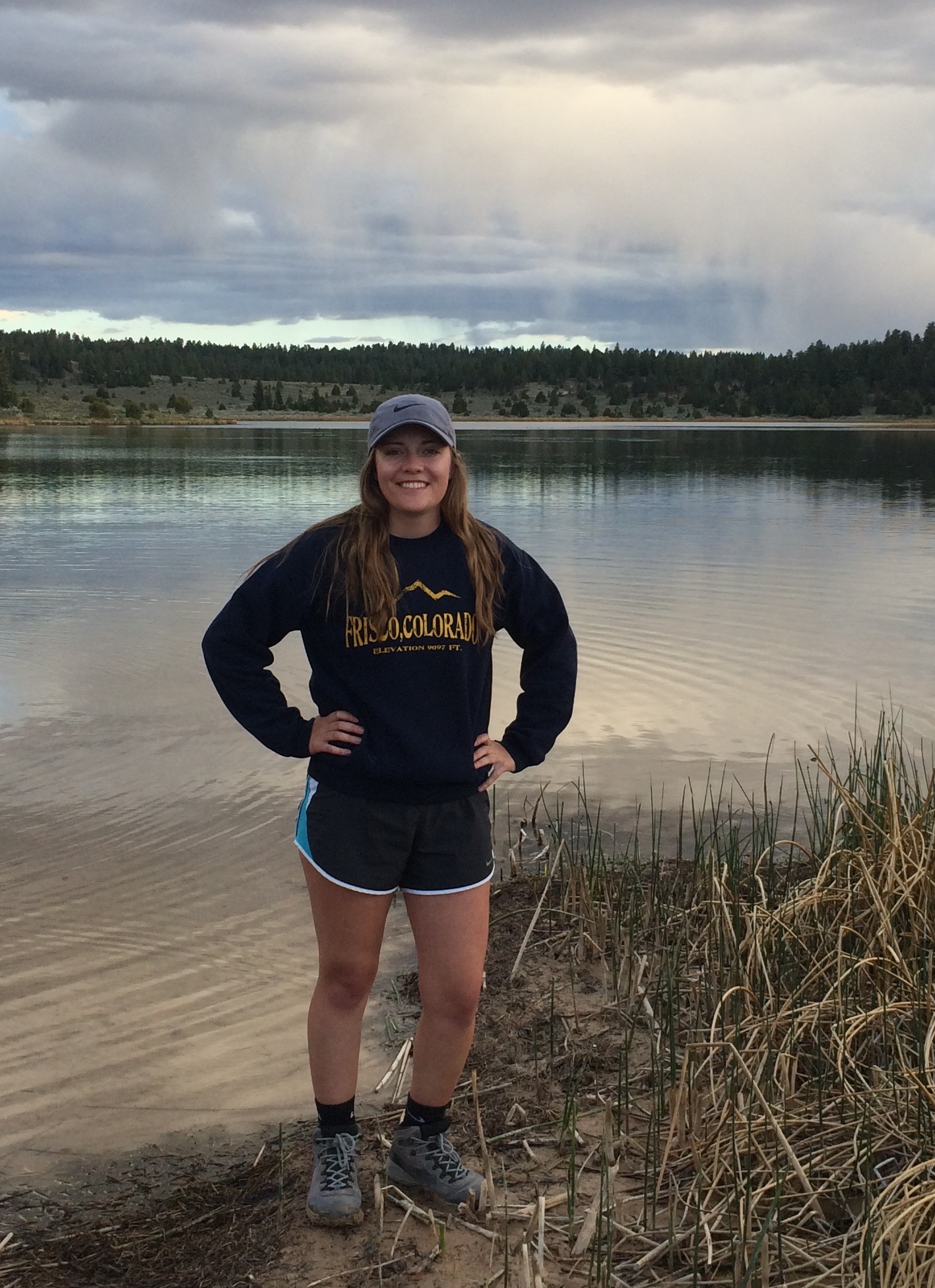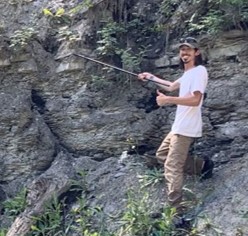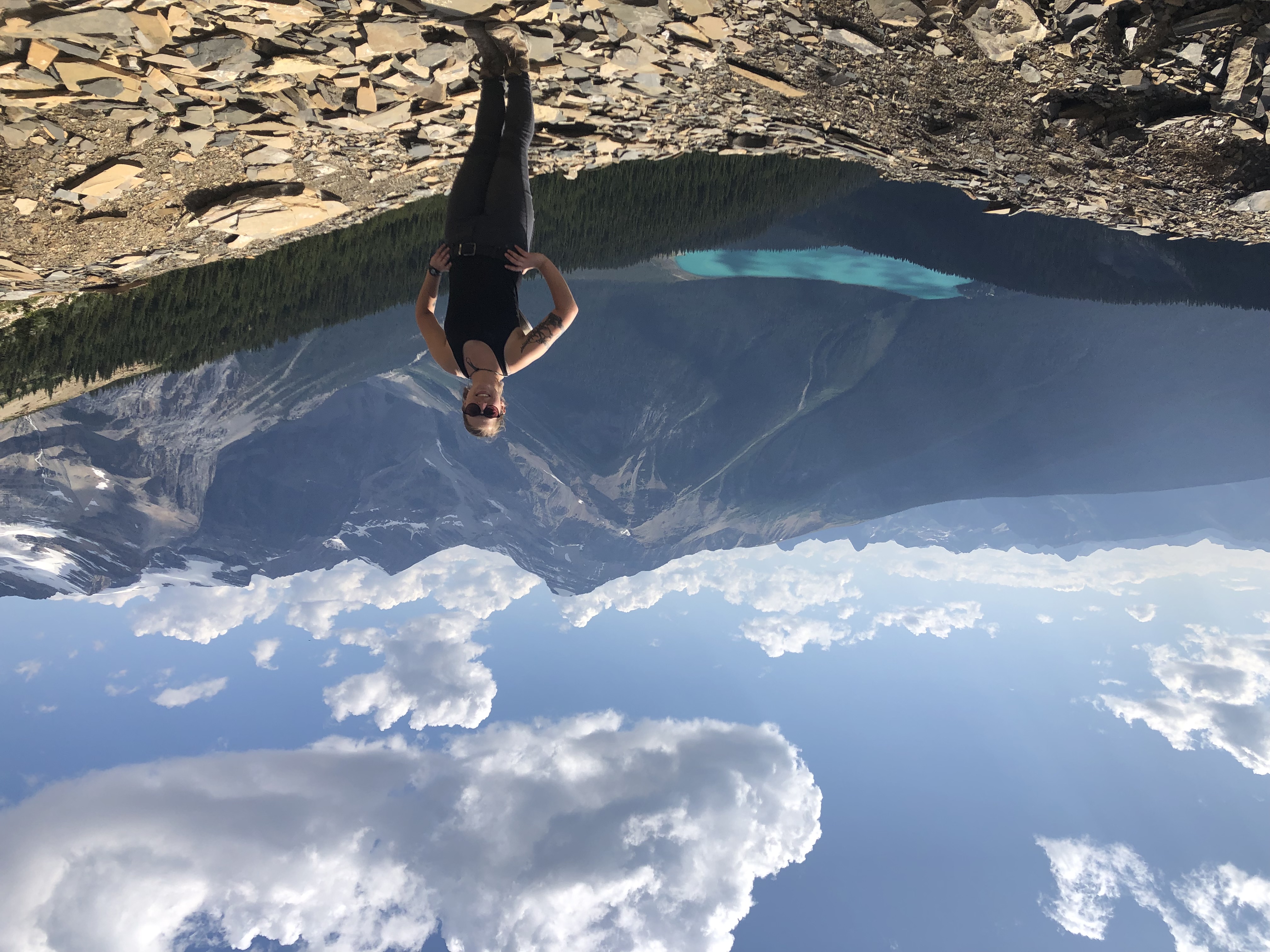Category : Students, Foundation
Posted : Monday, September 27, 2021
Edited By : Rebekah Grmela
Wednesday, October 13, 2021
Student Science Spotlight: September 2021 Edition
Rebekah Grmela
Welcome back to this month's Science Student Spotlights! Throughout the year, we'll be featuring the science and work of some of our best and brightest SEPM Student Members, including some of our SEPM Foundation Research Grant awardees.
Check out some of this month's featured student work:
 | Name: Brooke Birkett
School: Missouri University of Sci & Tech
Research Statement: Exploring the impacts of Maya occupation on lacustrine environments, Lake Petén Itzá, Guatemala
Summary: Brooke’s research aims to reveal the paleoenvironmental impacts of Maya occupation of the southern lowland Maya site of Nixtun-Ch’ich’ by examining a sediment core from Lake Petén Itzá, Guatemala. She uses paleolimnological proxies to interpret Maya land-use practices and to reconstruct the local fire history. She is also exploring potential anthropogenic impacts of Maya occupation on the lacustrine environment, such as changes in the trophic status of the shallow, western arm of the lake. |
 | Name: Aaron Kilmury
School: University of Manitoba (Canada)
Research Statement: Vertebrate Faunal Assemblages of the Late Cretaceous Manitoba Escarpment in Manitoba and Saskatchewan, Canada Aaron Kilmury Research Grant.pdf |
 | Name: Daan Beelen
School: Colorado School of Mines
Research Statement: Channel and dune architectures of seismic-scale, tide-dominated deltas in outcrop, Rifian Corridor, Morocco Daan Beelen Research Grant.pdf |
 | Name: Jessie McCraw
School: University of Alabama
Research Statement: Paleobiology and paleoenvironment of ammonites using stable isotope geochemistry |
 | Name: Emily White
School: Texas A&M University
Research Statement: Provenance and Crustal Evolution of the Bolivian Retroarc Thrust Belt: Insights from Combined Detrital Zircon U-Pb and Hf isotopes
Summary: My research focuses on characterizing provenance shifts and the crustal evolution of the Bolivian retroarc. I use a Laser-Ablation Split-Stream Inductively Coupled Plasma-Mass Spectrometry (LASS-ICP-MS) method to concurrently measure detrital zircon U-Pb crystallization ages and Hf isotope ratios from Paleozoic–Miocene sandstones. To understand the crustal evolution from which zircon were derived, I will calculate ɛHf values from the inferred crystallization age from corresponding U-Pb ages. By integrating all this data, I will be able to characterize the sediment dispersal patterns and crustal evolution with related tectonic shifts in the Bolivian retroarc thrust belt. |
Want to learn more about our research grant awardees? Learn more here.











